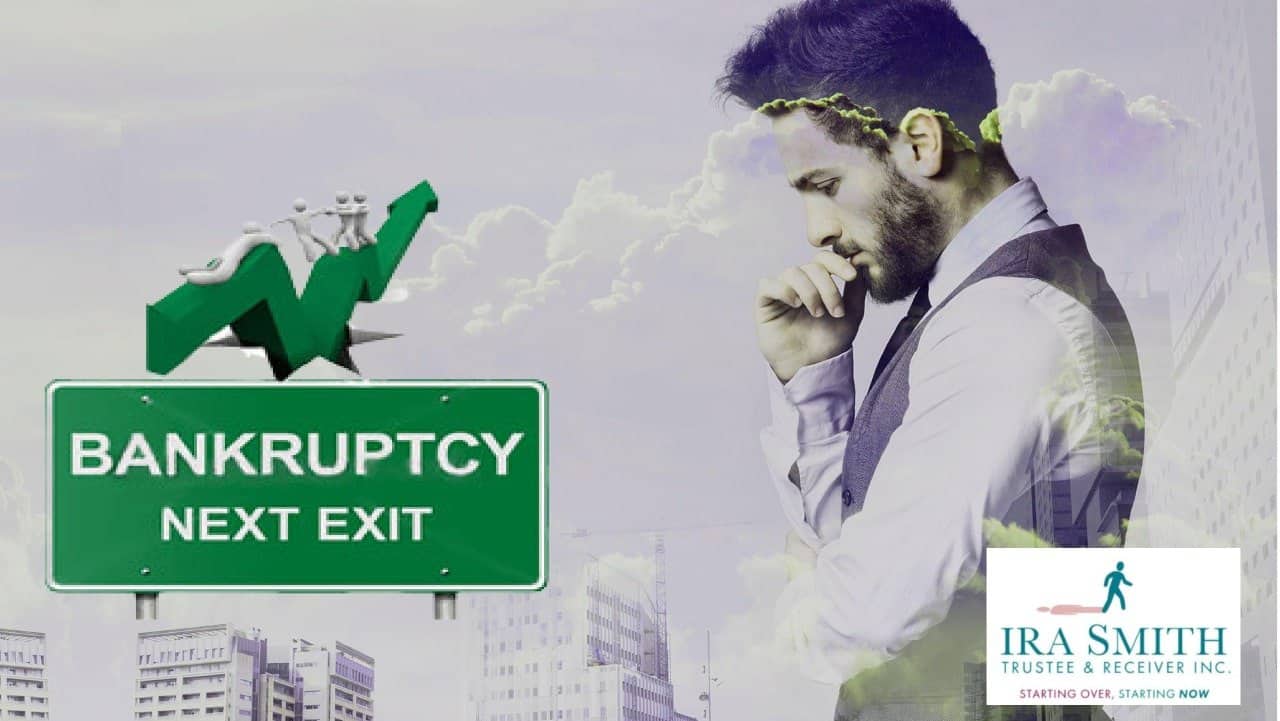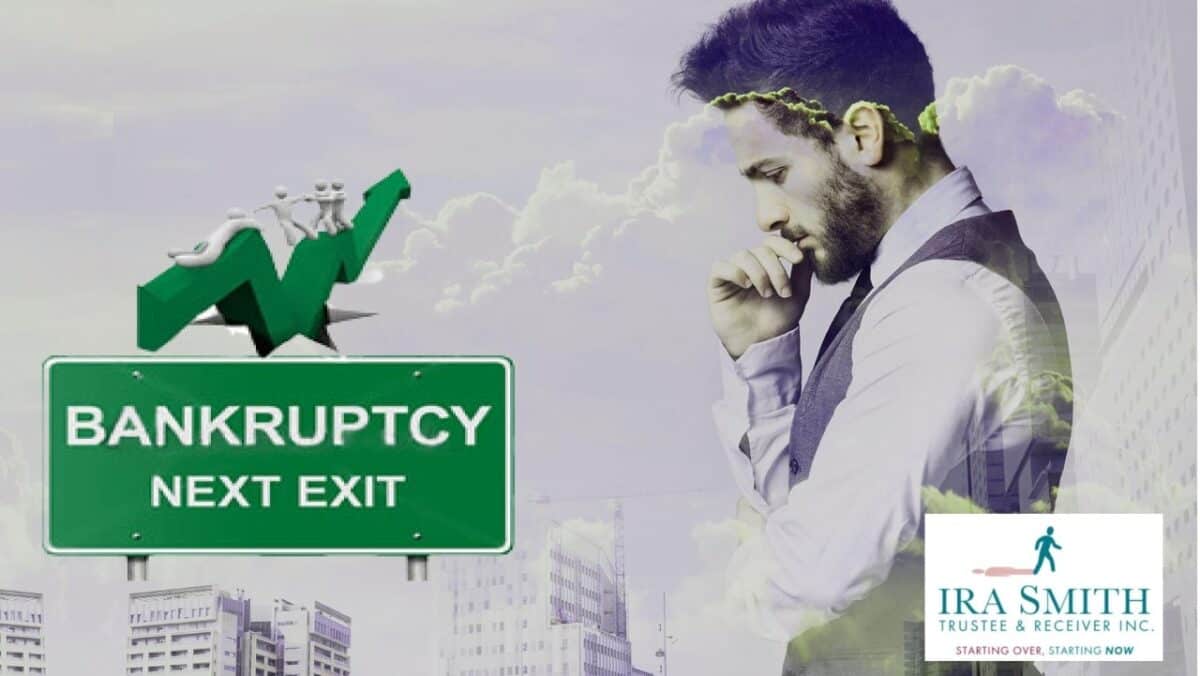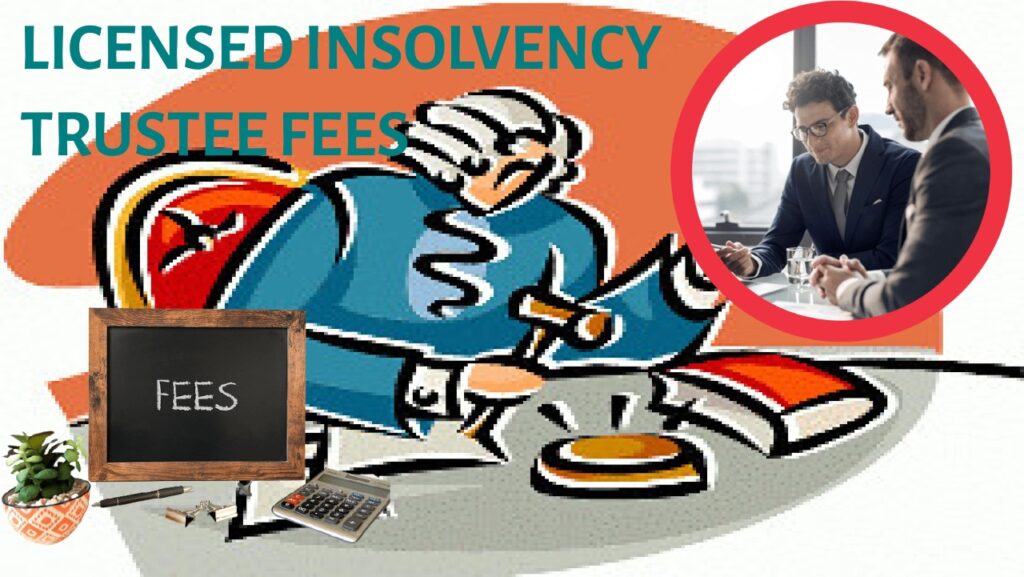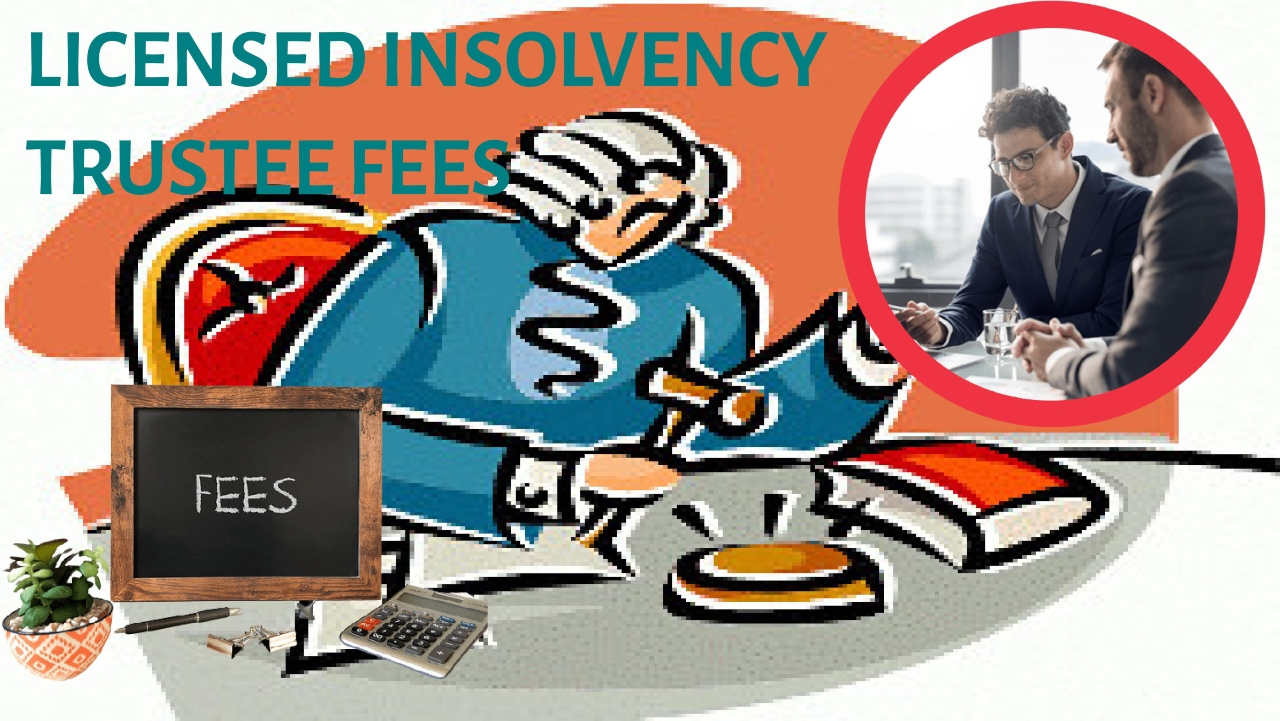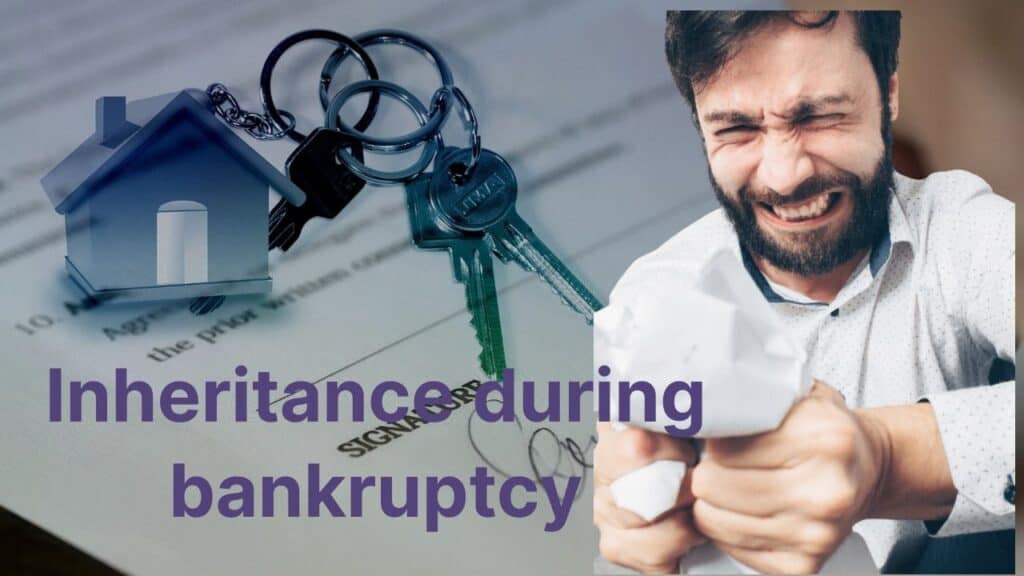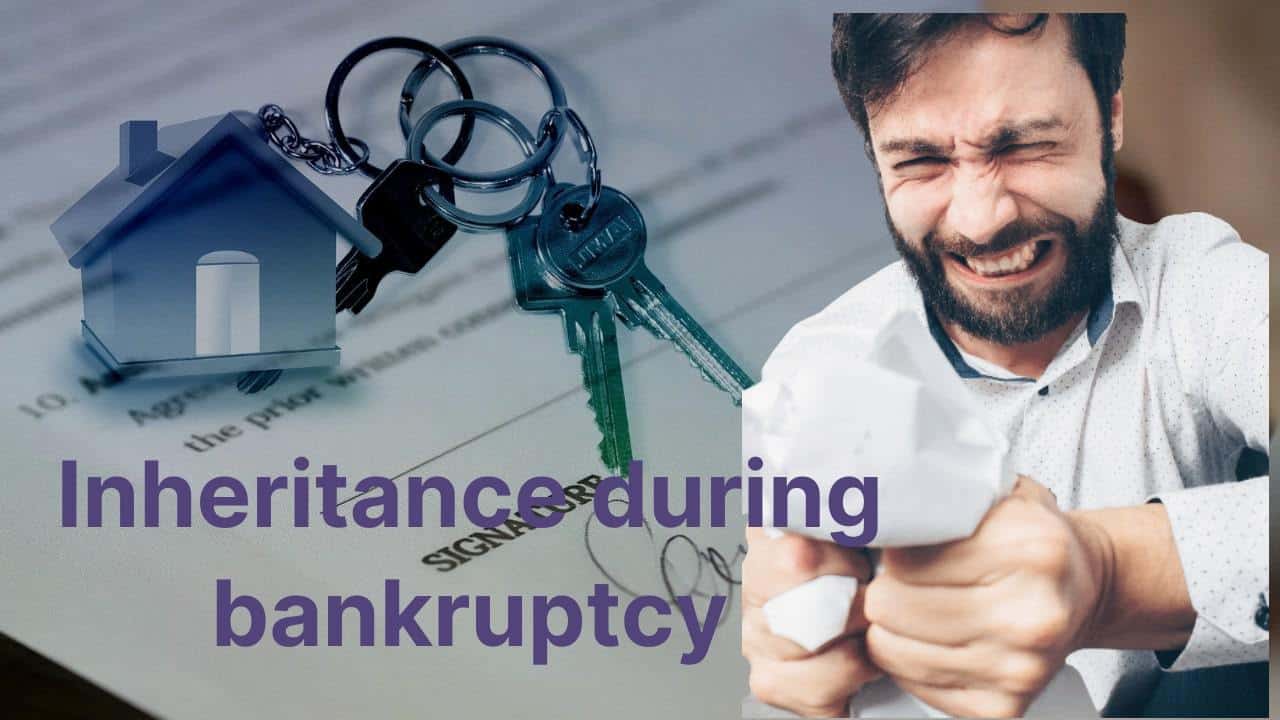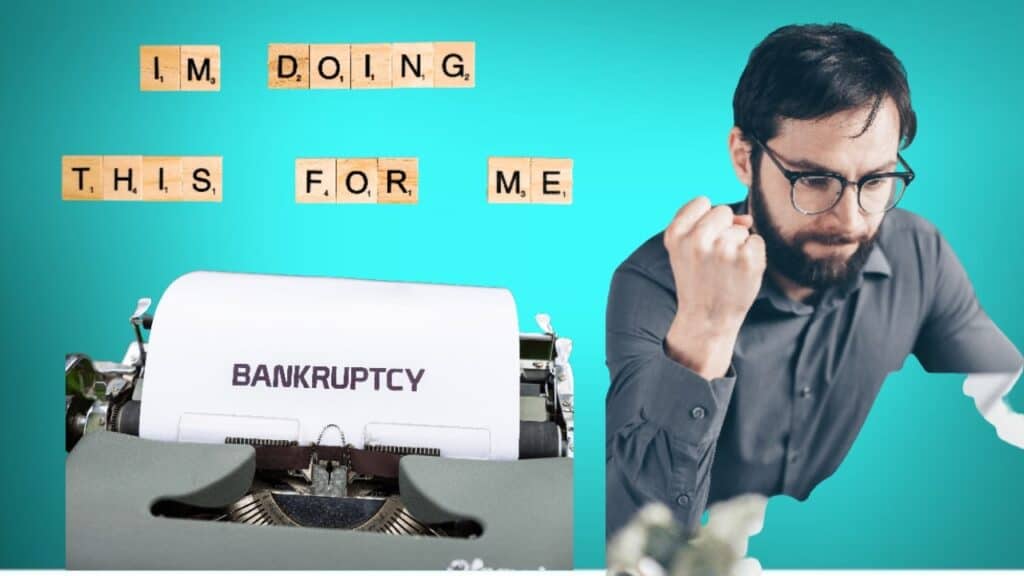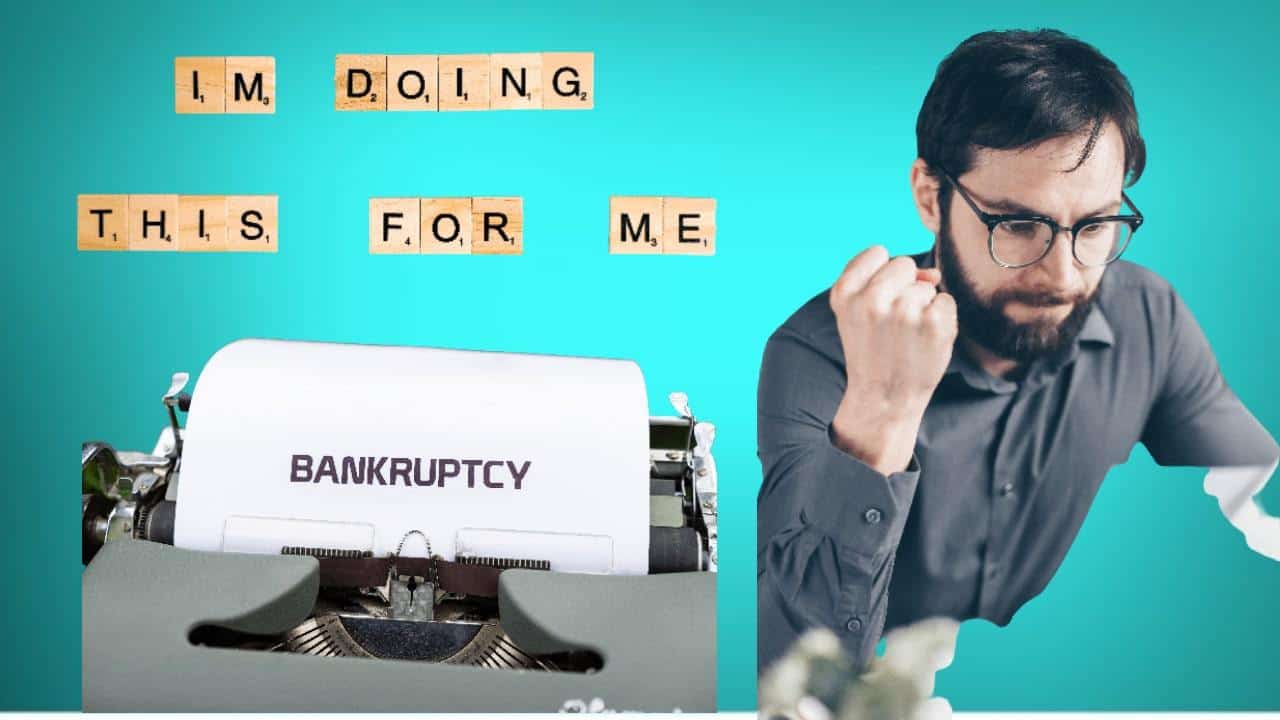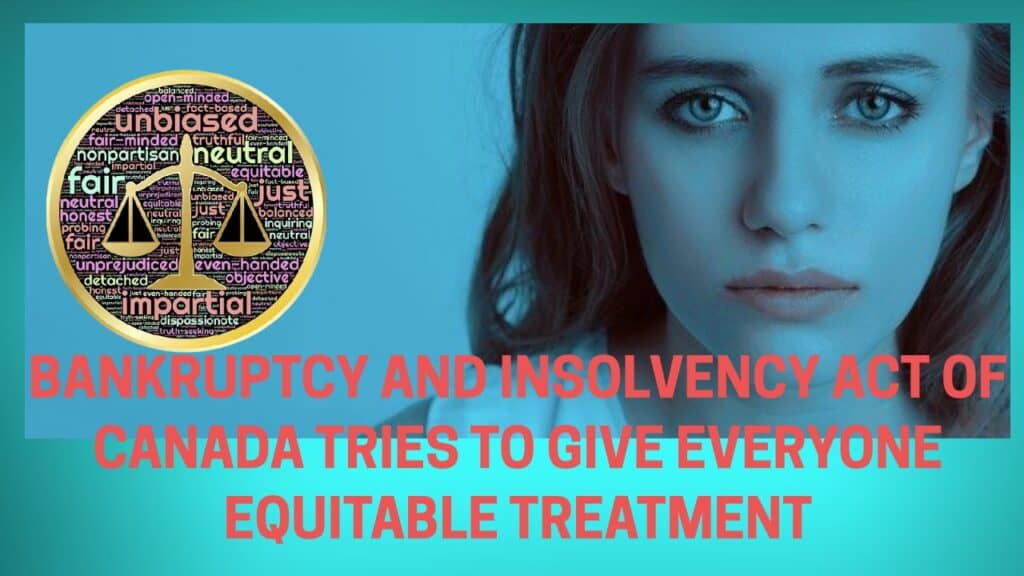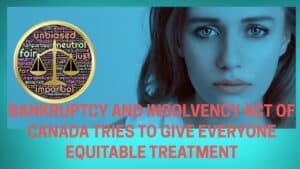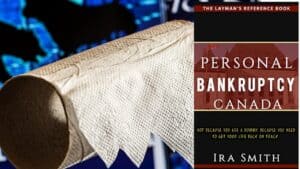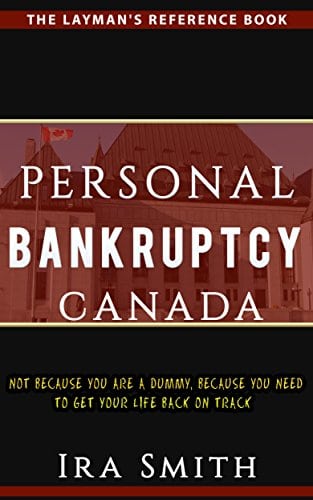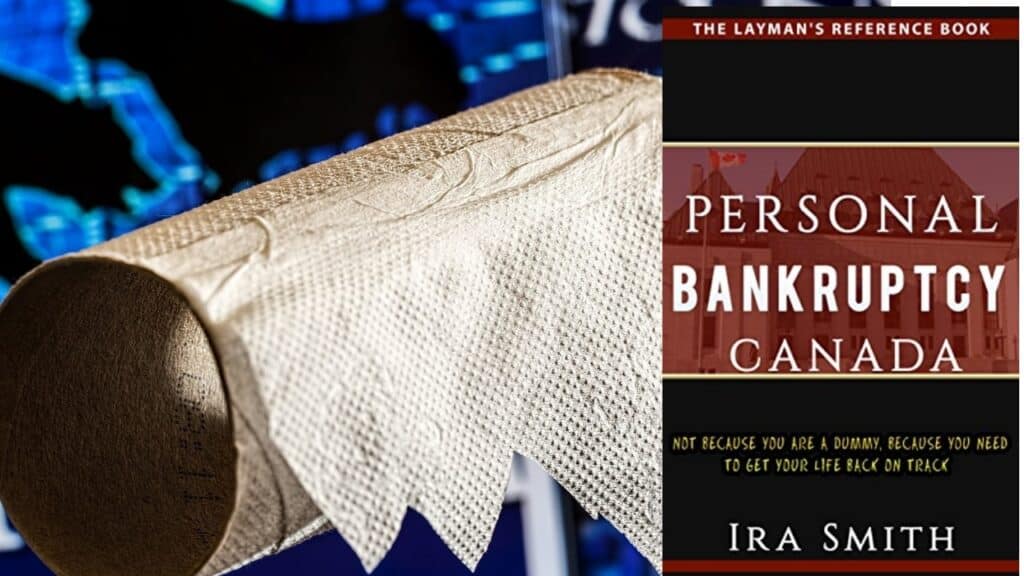Insolvency for business including business bankruptcies
In the last two Brandon’s Blogs, I wrote about personal bankruptcy. The topic was the class of debts not released by a person’s discharge from personal bankruptcy. In this Brandon’s Blog, I discuss insolvency for business, and specifically, business bankruptcies, as a result of the recent report by the Canadian Federation of Independent Business (CFIB).
If a business is incapable to pay its financial obligations as they come due, it might deal with some negative effects, including legal action. However, this does not have to damage a business’s credibility forever, if management is prepared to take the required corrective activity before it is far too late.
If a business that is unable to pay its debts cannot turn itself around, it may be forced to declare business bankruptcies, which can have a devastating impact on the business and its employees.
What will happen to the company if it is insolvent?
If your company is financially troubled, it may need to assign itself into bankruptcy. Nonetheless, business bankruptcies are not always the automatic result of being insolvent. If your business is experiencing financial problems, it is essential to speak to a bankruptcy lawyer or a licensed insolvency trustee to review all of your realistic choices. Bankruptcy should be the last choice when nothing else will work.
Case in point, the recent report issued by the CFIB on small business insolvency says that its survey finds that only 10% of business owners would certainly declare bankruptcy if they were to shut down completely.
The CFIB report is meant to give a more comprehensive view of Canadian business insolvencies (bankruptcies + proposals). The data indicates that the number of businesses filing for bankruptcy has been on the rise and is now at the highest level of business insolvencies in two years.
As we recover from the COVID-19 pandemic, Canadian small businesses face a number of challenges in returning to normal operations, including debt from necessary pivots, increased costs of doing business and trouble finding employees to work.
The CFIB study found that half of the businesses (54%) are still seeing below-normal revenues, and over 60% are carrying unpaid debt from the pandemic. Small businesses are under significant financial pressure, with little room to maneuver.
Insolvency fears among Canadian small businesses are alarmingly high, and the true scope of the problem may be even greater than what is reflected in official statistics. Business owners have a range of options available to them when faced with financial difficulties, and bankruptcy is only one of these.
The CFIB recently released report details the different ways the surveyed small businesses in Canada said they would take if they had to shut down as follows:
- 46% – Just ceasing all operations permanently.
- 27% – Selling or transferring ownership to another party.
- 10% – Filing for business bankruptcies or business bankruptcy protection.
- 10% – Unsure at this time.
- 7% – Exploring all options.
Interestingly enough, recapitalizing the legal entity or taking on more business debt by way of loans was not one of the answers. That should tell you how tapped-out Canadian small business shareholders are and that the businesses have no borrowing base room left on their assets to increase their bank borrowings.
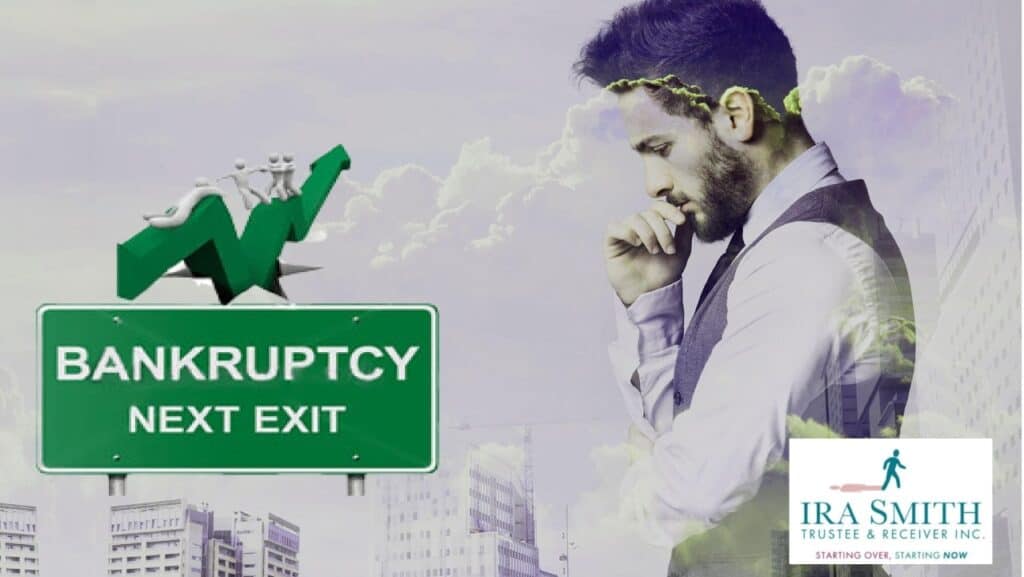
Business bankruptcies: The insolvency of a business – First steps
The first step for the Directors is to consult with a business bankruptcy attorney/lawyer and a licensed insolvency trustee (formerly called a bankruptcy trustee) (sometimes referred to as “Trustee”). The lawyer can confidentially discuss the situation with the Directors and develop a proposed plan to deal with the situation.
The licensed insolvency trustee will review the company’s financial position and proposed game plan, and consider all options available to the company and its Directors. In Canada, the only party licensed to run the administration of bankruptcy, or any formal insolvency process, is a licensed insolvency trustee.
The licensed insolvency trustee will want to understand fully the company’s assets and liabilities. With a clear understanding of the company’s financial status, the Trustee can explain how best to implement the plan to either restructure or liquidate the company. If necessary, the Trustee can tweak the game plan.
The next question is whether the business is viable. Does it produce goods or services that are still in demand in the marketplace? If not, one option to consider is selling the business to another company that has complementary lines of business. Would the business fit in neatly with the buyer’s existing operations?
Could it perhaps be integrated in some way that would make your standalone business, which is not currently viable, become viable? Keep in mind for this to be an option, the company would need to have a solvent business.
If you can’t sell your unprofitable but still solvent company, you could always explore the option of a statutory liquidation. This would involve liquidating all the company assets, paying off any outstanding liabilities, and then distributing the remaining amount to shareholders.
Companies under business bankruptcy protection
If your business is struggling financially but still has potential, you may be able to restructure it through business bankruptcy protection. In Canada, there are two main possible federal statutes to restructure under; (i) the Bankruptcy and Insolvency Act (Canada); and (ii) the Companies’ Creditors Arrangement Act. One of these restructuring legal proceedings is an alternative to business bankruptcies.
A proposal under the Bankruptcy and Insolvency Act (Canada) (“BIA”)
The BIA is the canadian bankruptcy legislation containing all the rules and regulations in Canada’s bankruptcy regime. However, it also includes bankruptcy options such as a Division I Proposal for debtors who owe more than $250,000. This kind of financial restructuring allows the company to remain in business while it restructures. The essence of a BIA Proposal restructuring is that the company is offering a contract to its unsecured creditors to pay less than the total it owes those unsecured creditors in return for eliminating all of its unsecured debt.
To ensure that the company can successfully implement a proposal and pay its post-filing debts, the licensed insolvency trustee will need to be satisfied that all relevant information has been obtained and that the company has a good chance of success. The company’s cash flow will need to be monitored to ensure that it is sufficient to run the business and pay for the goods and services it needs going forward.
The Trustee will send all known creditors a copy of the proposal, a portion of the company’s statement of affairs listing the company’s assets and liabilities, a list of creditors, a proof of claim form, a voting letter and the Trustee’s report providing additional information and the Trustee’s recommendation.
The meeting of creditors is then held and if the proposal is accepted by the required majority of unsecured creditors, the licensed insolvency trustee takes the proposal documentation to Court for approval. If the proposal is accepted by creditors and approved by the court, the company is now bound by the proposal.
If the companies successfully complete their financial restructuring proposal, they will avoid business bankruptcies. However, if the company fails to get creditor or court approval, or fails to successfully complete the proposal, it will automatically go into bankruptcy under the BIA.
Financial restructuring under a Companies’ Creditors Arrangement Act (“CCAA”) plan of arrangement
Restructuring through a CCAA plan of arrangement is a financial restructuring process that provides companies with a way to restructure their debts and other obligations. This process can help companies to avoid the business bankruptcy process and to continue operating while they repay their creditors. It is very similar to a BIA proposal. The main difference is that it is only for companies with debts of $5 million or more, it is much more court-time intensive and there is no automatic business bankruptcy provision. In a CCAA, the licensed insolvency trustee acts as a monitor under the CCAA to administer the restructuring process.
When you hear when a company files for protection, or bankruptcy protection, in Canada it is usually under the CCAA. In the United States, it is under Chapter 11 of the US Bankruptcy Code.

Licensed insolvency trustees say if companies are insolvent and not viable the best option may be business bankruptcies
We still want to know if the business is viable when it is insolvent. If it is viable, then we could look at doing a restructuring as outlined above. After the company is restructured, we could either keep running it or look to sell it. If there are impediments to a successful restructuring, the approach we take even through business bankruptcies will be different than if it is not a viable business model any longer.
If the business is not viable and insolvent, then there is not much that can be done. The business is financially unhealthy and the marketplace no longer wants the product or service this business provides. Therefore, we are looking at bankruptcy if there is not a secured creditor who is going to enforce their security through a receivership. Receivership is a whole topic unto itself which is for a different day.
As a licensed insolvency trustee, I am responsible for understanding all the issues in business bankruptcies and preparing the necessary documentation for limited companies to assign themselves to business bankruptcies. A meeting of directors must be called for them to resolve that the company should put its business into bankruptcy and appoint one of the directors to be the designated officer.
The officer designated by the board should be the director with the most intimate knowledge of the company’s affairs. This officer will sign the bankruptcy documentation and be the company’s representative at the first meeting of creditors.
The Trustee attends the director’s meeting and prepares the meeting minutes, or the minutes will be prepared by the directors and provided to the Trustee. Then, the licensed insolvency trustee prepares the bankruptcy documents which include the statement of affairs, which is the listing of assets and liabilities, names addresses and amounts owing to each creditor. The designated officer then attests to the truthfulness of the information and signs it all.
The companies are insolvent and have to go into business bankruptcies
The Trustee files the necessary documentation with the Superintendent of Bankruptcy, who issues a certificate of bankruptcy and appoints the Trustee. That’s when a company is officially entered into the bankruptcy process and the bankruptcy proceedings begin. This is the process of a company filing an assignment into bankruptcy.
So in a commercial bankruptcy administration, the Trustee has several responsibilities. The Trustee has to deal with the assets. The Trustee has to first determine are the assets subject to the security of a lender. Is that lender’s security good and valid?

What happens when the certificate is issued for business bankruptcies?
If every one of the assets is covered by a lender’s valid security which makes the security cover the assets in priority to the rights of a Trustee, then the bankruptcy trustee would not take steps to handle the company’s secured assets unless the secured lender particularly requests the Trustee to do so separately either as Receiver or Agent of the secured lender.
So let’s simply take the case where in bankrupting the company, the Trustee is handling the assets either due to the fact that they’re not secured or because the secured financial institution wants the Trustee to handle the secured assets within the bankruptcy (which is not normal, but not unheard of either).
The Trustee needs to make certain that the corporate assets are safeguarded, that they’re appropriately insured and that the Trustee has carried out an inventory of those assets.
The Trustee then needs to figure out how is it going to offer those business assets for sale. The Trustee must do a risk-reward analysis to see if it makes good sense for the Trustee to run the business. If so, is the Trustee looking for a sale of assets as a going-concern business sale or just shut down the business and liquidate the assets once the reasons for running the business have been met?
If it doesn’t make sense for the Trustee to run the business, the Trustee will close it down and take a look at the alternatives available. The assets can be sold by public auction, private sale or by tender sale separating the assets up into blocs. If the assets are such that they would attract a retail audience where consumers would pay more than if it was sold in lots to wholesalers, then a retail sale would be the way to go. The nature of the assets will identify what sort of sale of assets the Trustee runs.
Business bankruptcies: How will I know what’s going on?
The Trustee alerts all of the company’s creditors listed in the sworn statement of affairs of the bankruptcy in a mailing. The Trustee includes a proof of claim form so that all creditors can file their claim. The Trustee examines the claims and holds the first meeting of creditors.
After the first meeting, a meeting of inspectors is held. Inspectors are creditor representatives who assist the Trustee in providing approval for the Trustee’s recommendations and actions it wishes to take. This includes any approval of asset sales the Trustee recommends after making an informed decision. Inspectors also need to approve the Trustee’s Final Statement of Receipts and Disbursements near the end of the administration of all business bankruptcies.

Finding a Licensed Insolvency Trustee
I hope you enjoyed this Brandon’s Blog on business bankruptcies. Are you or your company in need of financial restructuring? Are you or your company unable to survive the COVID pandemic and its aftermath? The financial restructuring process is complex. The Ira Smith Team understands how to do a complex restructuring. However, more importantly, we understand the needs of the entrepreneur or the person who has too much personal debt. You are worried because you are facing significant financial challenges.
It is not your fault that you are in this situation. You have been only shown the old ways that do not work anymore. The Ira Smith Team uses new modern ways to get you out of your debt troubles while avoiding bankruptcy. We can get you debt relief freedom.
The stress placed upon you is huge. We understand your pain points. We look at your entire situation and devise a strategy that is as unique as you and your problems; financial and emotional. We know that we can help you the way we take the load off of your shoulders and devise a debt settlement plan.
We realize that people and businesses in financial difficulty need practical advice and a workable solution in an easy-to-understand financial plan. The Ira Smith Team knows that not everyone has to file for bankruptcy in Canada. Most of our clients never do, as we are familiar with alternatives to bankruptcy. We assist many people in finding the relief they need.
Call or email us. We can tailor a new debt restructuring procedure specifically for you, based on your unique economic situation and needs. If any of this sounds familiar to you and you’re serious about finding a solution, let us know.
Call us now for a no-cost initial consultation.
If you would like our free e-Book, “Closing A Business Without Going Bankrupt” CLICK THE PICTURE BELOW
